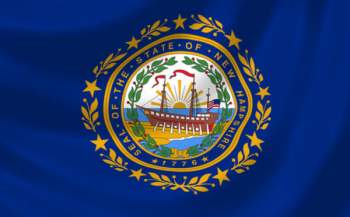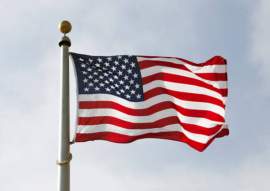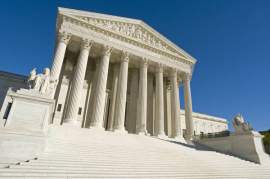
New Hampshire Grants

What are the New Hampshire Grants?
The New Hampshire Grants occurred in 1749 when John Wentworth, the appointed first Royal Governor of New Hampshire, granted large areas of land to be used as towns in the area that would eventually become Vermont.
Wentworth charged a fee for every certain amount of grantees, and he reserved shares or acres in each town for himself. The Province of New York tried to stop Wentworth from granting land, and a Royal Order from Great Britain eventually ordered Wentworth to discontinue the grants.
The New Hampshire Grants would begin a border struggle between people who bought land from speculators in the towns other states that tried to obtain rights to the land.
History of Land between New Hampshire, New York, and Vermont
During the 17th century, Vermont was part of Massachusetts. In 1749, New Hampshire was able to claim a huge area of land for a total of 129 towns in Vermont through Wentworth’s grants. In 1764, New York claimed that it had jurisdiction for the land that was claimed by New Hampshire in Vermont.
In 1777, Vermont finally became its own independent state and claimed the disputed land in its jurisdiction. Therefore, land disputes before the year of 1777 could have been located in New Hampshire, New York, or Vermont.
Most of the New Hampshire grants that were located in the current boundaries of Vermont from 1749 to 1764 are recorded under the New Hampshire Provincial and State Papers, Volume 26.
Data about New York land transaction in the current boundaries of Vermont are located in one of two resources:
· Secretary of State’s New York Land Patents, 1688-1786 Covering Land and Included in the State of Vermont (Not Including Military Patents)
· Calendar of New York Colonial Manuscripts, Indorsed Land Papers in the Office of the Secretary of State of New York, 1643-1804
Information about Vermont landowners is primarily located in The State Papers of Vermont starting in 1778.
The Boundary Disputes between Vermont and New Hampshire
The New Hampshire Grants caused border disputes for years—all the way up to 1933 when the U.S. Supreme Court made a final ruling about the border between the two states.
In Vermont v. New Hampshire, 289 U.S. 593 (1933), the Supreme Court ruled that the border between Vermont and New Hampshire was the low water mark on the western side of the Connecticut River. New Hampshire claimed jurisdiction to the western margin of the bank, but the Supreme Court struck down New Hampshire’s claims. The Supreme Court ruled the border existed where the river recedes to its lowest stage—not accounting for periods of extreme drought.
To make its decision, the Court looked to the original boundary between New York and New Hampshire. The original boundary was on the western shore of the river, but Vermont was granted jurisdiction to the lower water mark when it was admitted to the Union.
Source: https://www.familysearch.org/learn/wiki/en/Vermont_Land_and_Property



















